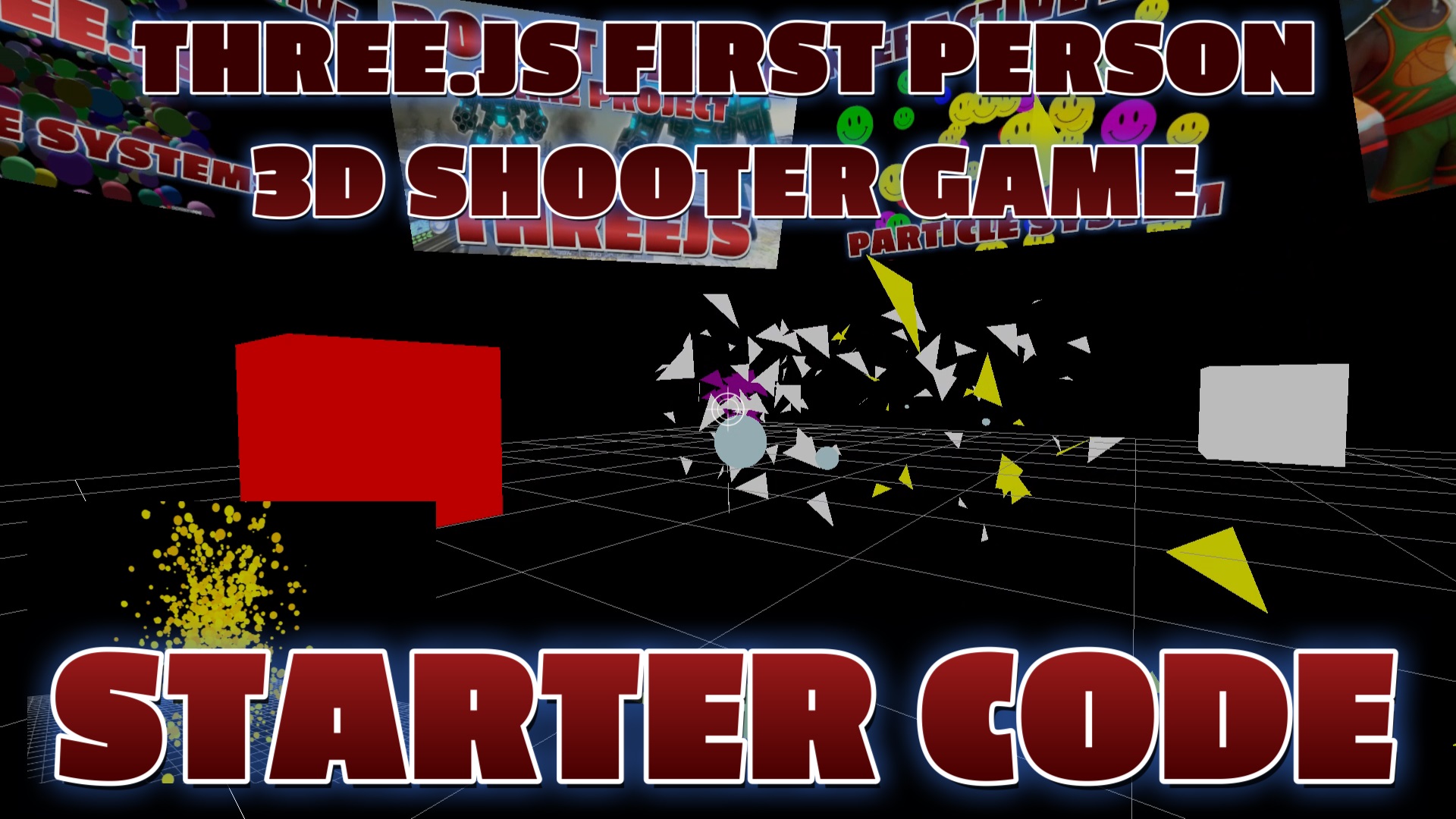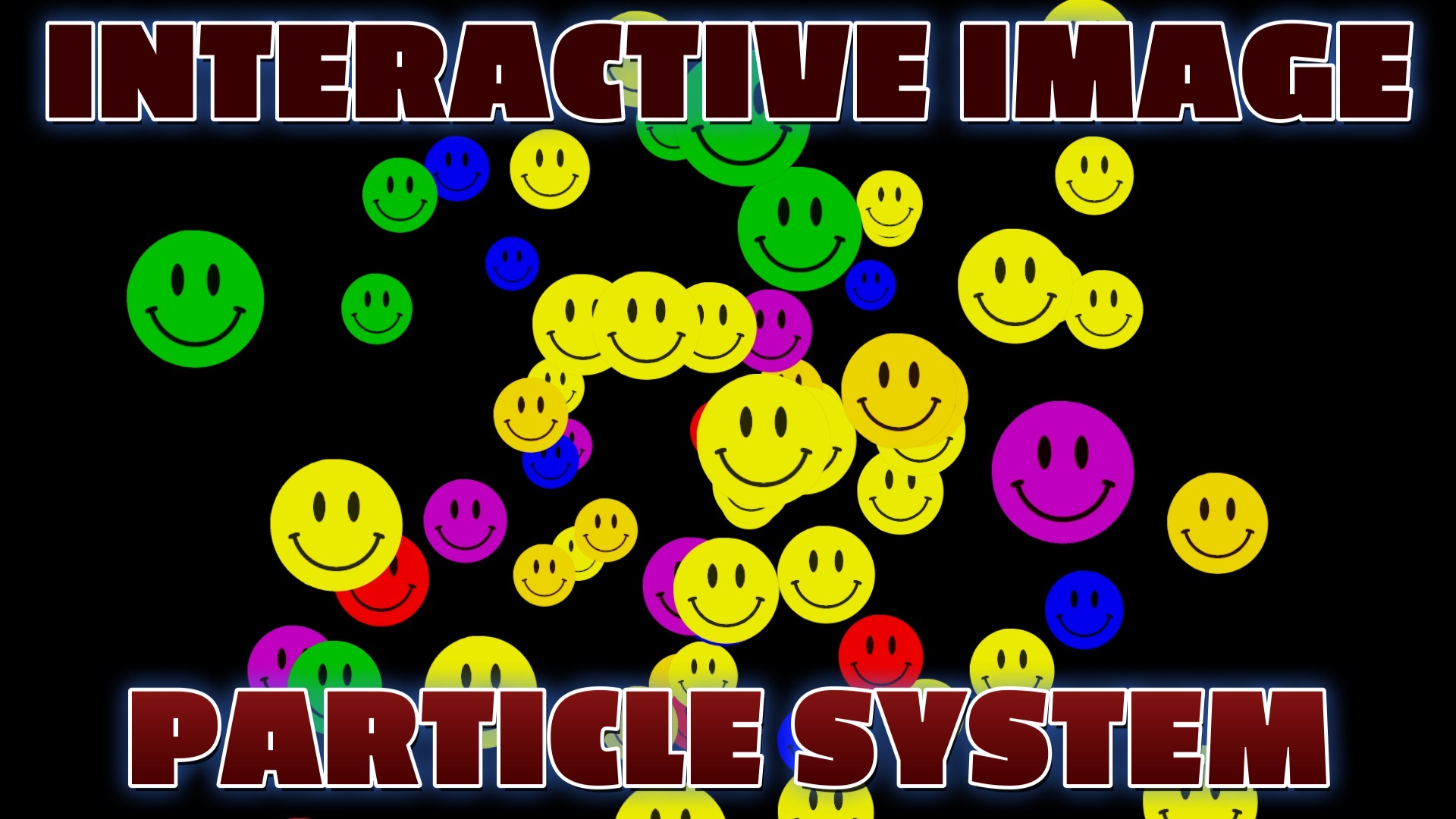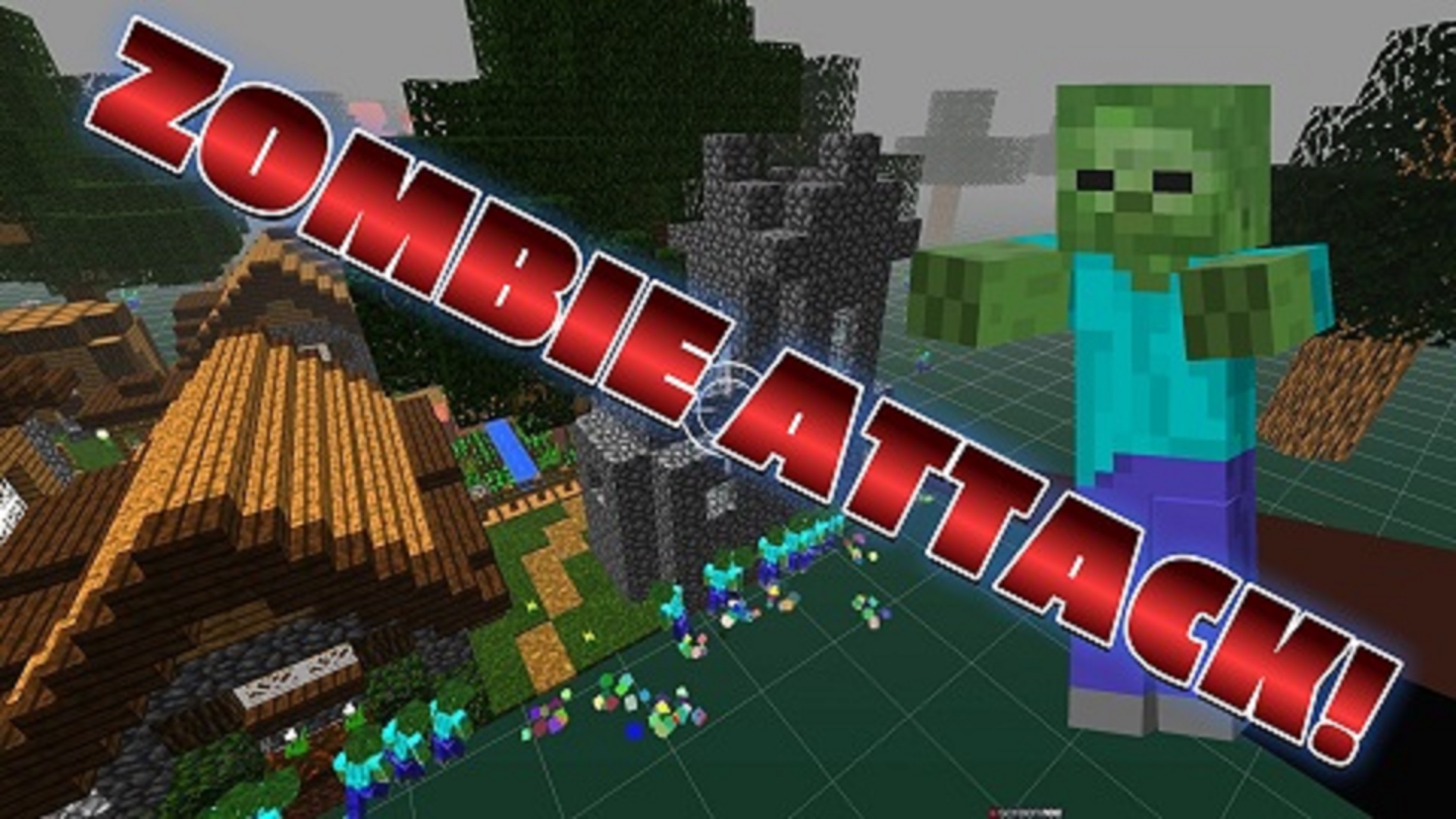Threejs Examples Code and Projects
Creating Mesmerizing Cloud Effects with Three.js Particle Systems
The Three.js particle system is a powerful feature that revolutionizes web development, allowing developers to create mesmerizing and visually stunning cloud effects. By harnessing the capabilities of particle emitters and customizable attributes, developers can generate dynamic and realistic representations of clouds in web applications. These cloud effects can be tailored to meet specific design requirements, providing an immersive and engaging experience for users.
Customizable Multi-Color Clouds with Three.js Particle Emitters
At the core of the Three.js particle system are particle emitters, which act as virtual machines that produce individual particles within a volumetric space. These particles can be customized with various attributes, such as size, opacity, and texture, allowing developers to create unique cloud formations. One exciting enhancement to the particle system is the ability to create multi-color clouds by adjusting the color attribute. This enables developers to simulate diverse cloud formations with varying hues, adding an extra layer of visual interest and realism to the effects.
Control and Flexibility in Creating Realistic Cloud Effects
By manipulating the properties of these particles, developers can control their movement and behavior, resulting in fluid and natural-looking cloud effects. The particles can be distributed in the volumetric space, allowing for realistic movement and formation. With adjustable parameters such as size, color, and density, developers have fine-grained control over the appearance and behavior of the cloud effects. This flexibility empowers developers to create captivating and visually appealing cloud formations that enhance the overall user experience.
Recent Blog Posts & Updates
- Date - - Threejs
- Date - - Using Threejs To Develop Online 3D Browser Games
- Date - - Using Threejs Pointer Lock Controls For Online 3D Games
- Date - - The Advantages Of Creating 3D Interactive Menus And Websites Using Threejs
- Date - - Threejs Examples Exploring Interactive Visual Particle Systems
- Subscribe To My RSS Feed For Live Updates
- More Examples and Tutorials




